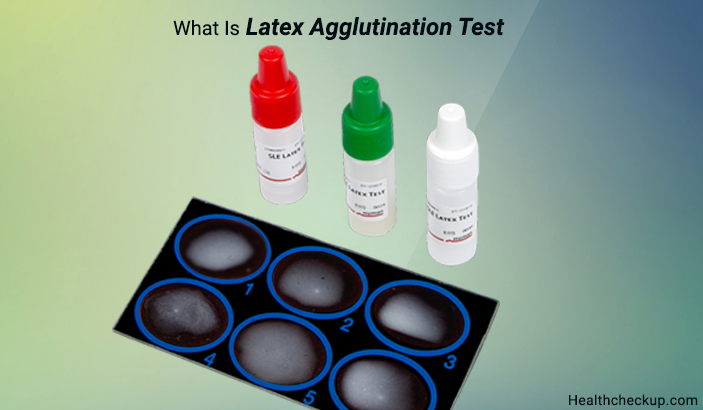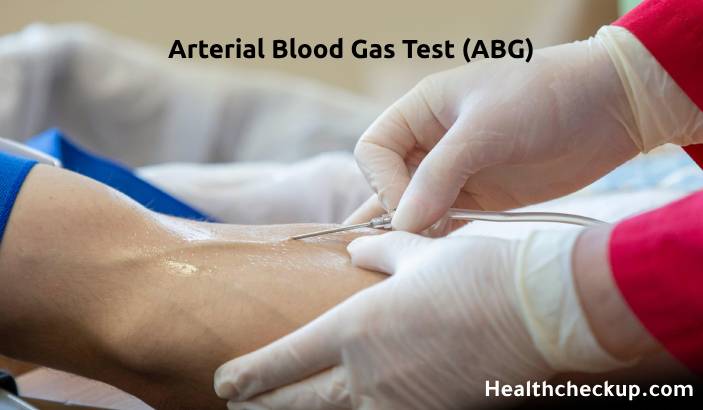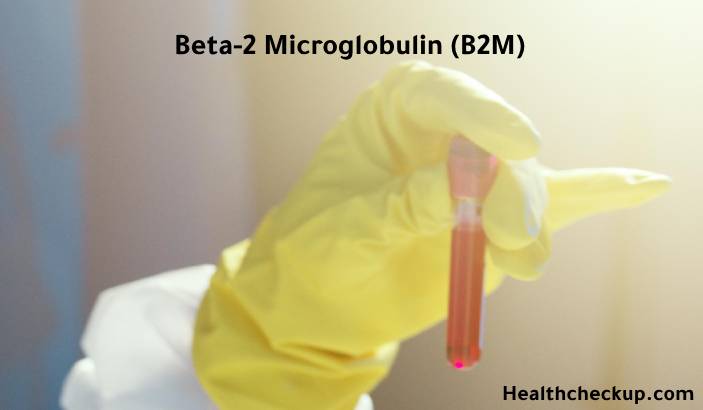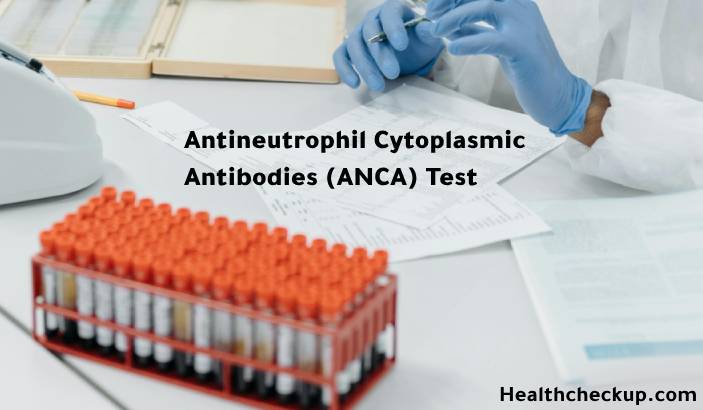There are plenty of laboratory methods to identify different conditions nowadays. Some of they use blood, saliva and/or urine, some are performed with special devices. Medicine goes forward and gets to work with all news types of cells in our bodies. On of these types makes is possible to perform a Latex Agglutination Test, the one that makes it easier to mark some Antigens and/or Antibodies in the organism.
What is Latex Agglutination Test
A latex agglutination test is a test performed in a clinical laboratory. It’s basically a rection between an antigen and an antibody. When they react, a visible clumping appears. This clumping is called Agglutination. This gets to be really helpful in diagnosing plenty of infection diseases, including Hepatitis B, Meningitis and so on. If the particulate antigen shows the agglutination, then the result is positive. The results of the test are extremely reliable.
Latex Agglutination Test Principle
The latex agglutination test is based on a reaction between latex beads and a specific antibody or antigen. So an example of saliva, blood or urine are taken to the lab, and in the lab, they are getting mixed with these latex beads coated with this specific antibody or antigen. If it happens so, that the doctor’s clue was right and the infection is really present, these latex beads are clumping together, in other words, they start to agglutinate visibly.
Types of Latex Agglutination Test
There are a few types of latex agglutination tests, they all depend on the kind of infection suspected and the type of the procedure performed. Here are few of them.
Bacterial Agglutination Test:
This one measure, how many antibodies do the organism produces against bacterial agglutinins. It shows its best performance if it’s used in sterile physioligical saline. Generally used to identify Brucellosis, Tetanus, Leptospirosis, Tularemia and Yersinoisis.
Agglutination Test:
It is performed both in hospital laboratories and public health laboratories. The antisera are directed the cell wall O antigens of Salmonella and Shigella.
Particle Agglutination Test:
This test includes latex particles, treated red blood cells and whole bacterial cells. Depending on amount and avidity of the antigens the visibility of agglutination may vary but inevitably shows up given that the suspected infection is there.
Hemagglutination:
This type is generally used to test for Syphylis, Streptococci and Aviani Influenza. In this case, a treated animal RBCs are used as a carrier of an antigen.
Latex Agglutination Test for Ag Detection:
It is generally used to identify H. Influenzae, N. Meningitis, Streptococcus and C. Neoformans. If the bacteria is present, latex beads coated with specific antibody start agglutinating.
Latex Agglutination Test for Ab Detection:
This particular test is used for detecting a huge variety of infections, including Rubella virus, Mycoplasma, Cytomegalovirus, Staphylococci, Varicella-zoster virus and others. It detects the antibodies using latex particles coated with specific antigen.
Coagglutination:
That’s the type designed for detecting Staphylococci. In this case, microbial antigen is mixed with the reagent, which makes staphylococcal cells to agglutinate.
Latex Agglutination Test Procedure
For you, the latex agglutination test procedure is nothing scarier than the usual giving of the example of your blood, saliva or urine in the medical facility. Your part is pretty simple. You give the needed example and then you just have to wait for the results.
If you’re wondering about whether you should go through a latex agglutination test during pregnancy, the best way to get to know it is to talk to your practitioner. But as it was said, all you do during the procedure is simply providing the example of your saliva, urine or blood, which may be performed during pregnancy many times anyway. So no reason to be bothered, but running it through your practitioner is always the greatest choice.
The latex agglutination test protocol is really quick and it shows its results in 15 minutes to an hour. If your medical facility is ready to perform the protocol right away, all you’ll need to do is to wait for 15 minutes to an hour to get your results. In another way, your doctor will set you an appointment in a few days to give you the results and talk through your next steps if the results come back positive.
Latex Agglutination Test Results and Interpretation
Different laboratories consider slightly different results normal. So when you get your results, you’ll see the normal range and your own results. In general, a normal result is a result where no agglutination appears. In case of an antigen antibody match, the result will show some agglutination, more or less, and you are going to need to make some further steps in treating particular infection and/or condition. You are going to show these results to your doctor to get the correct interpretation and the guide for the next steps.
Medically Reviewed By








